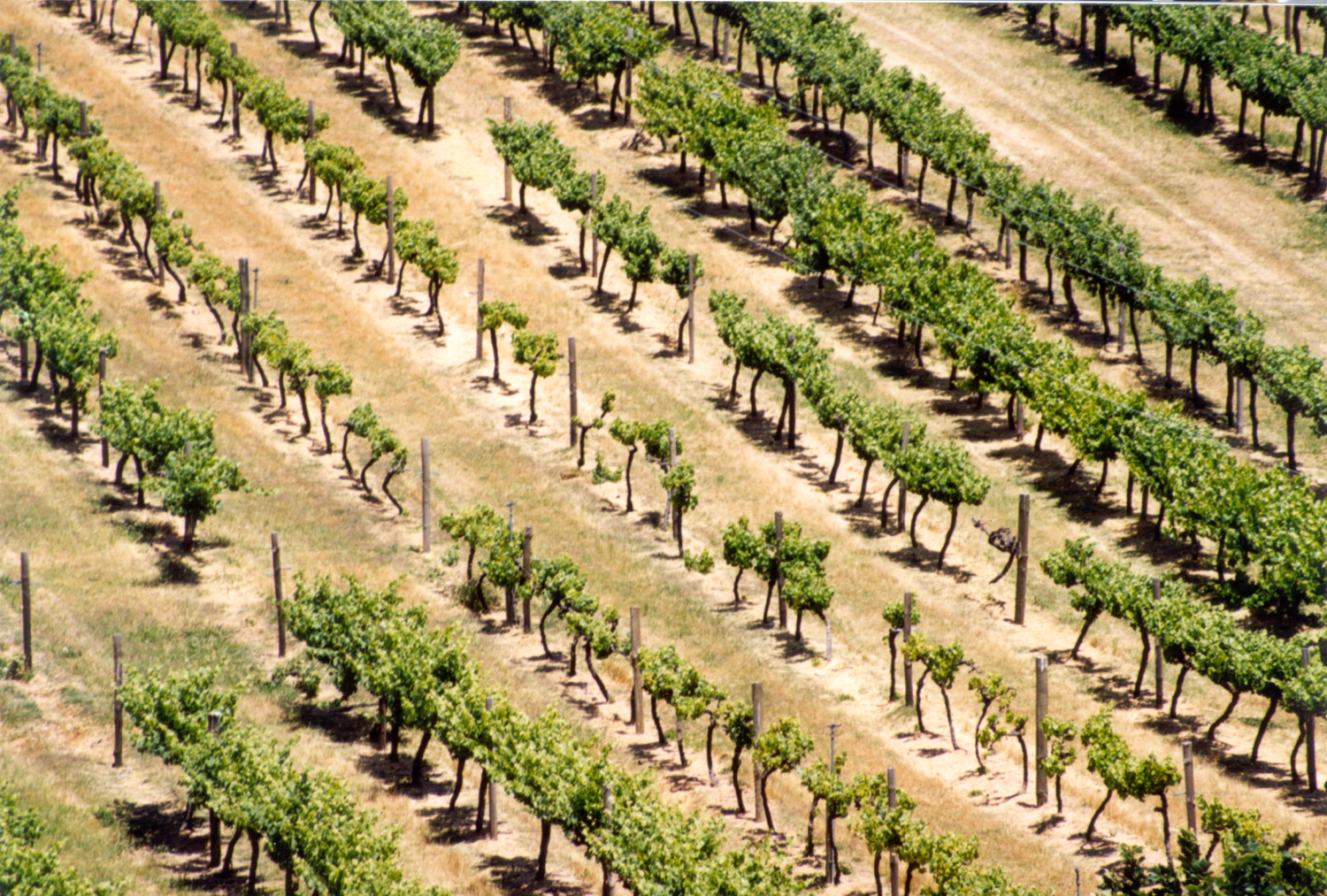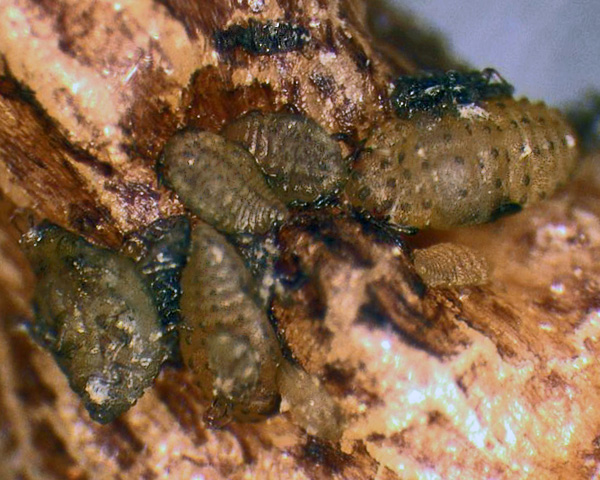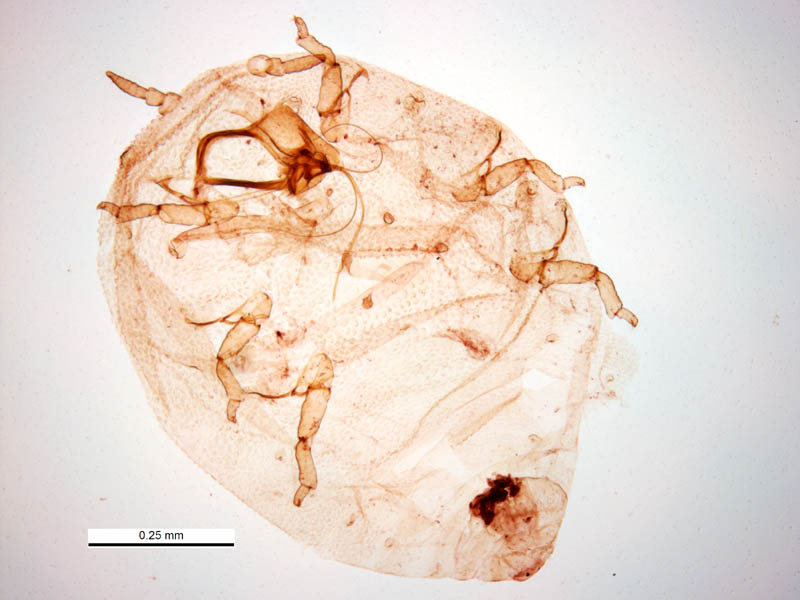What is grape phylloxera?
Grape phylloxera (Daktulosphaira vitifoliae (Fitch, 1855)) is a declared pest. It is an aphid-like insect that lives and feeds on grapevines. It is a serious pest of the viticulture industry, capable of causing significant yield losses and grapevine death.
Western Australia remains free of this pest, which protects WA growers from economic and reputational damage.
Early detection and reporting of suspected cases will help protect the WA viticulture industry.
What plants are affected?
Grapevines (Vitis sp.) – including wine grapes, table grapes and ornamental Vitis. However, some Vitis species have a level of resistance that proves useful as rootstock.
What do I look for?
- Delayed symptoms – Visible symptoms can take 3 or 4 years to appear, so they are a poor indicator of early infestation.
- Patchy vine decline – You may see a radiating pattern of dying or low-vigour plants with decreased cane growth, yellowing leaves and yield reduction.
- Root galls – Grapevine roots may have galls on the feeding rootlets or older roots. Grape phylloxera can be found up to 1 m deep in soil.
- Tiny crawlers – Dispersive crawlers may occasionally be seen on the soil surface but are easily missed due to their minute size (~1 mm).
|
Grape phylloxera infested vineyard Photo: Courtesy of Vineyard Health Australia |
 |
|
Grape phylloxera feeding on roots Photo source: Joachim Schmid (CC) |
 |
|
Gall symptoms on grapevine roots Photo source: Joachim Schmid (CC) |
 |
|
Grape phylloxera adult Photo source: Ken Walker, Museums Victoria (PaDIL) |
 |
What damage can this pest cause?
Grape phylloxera poses a serious threat to WA’s viticulture industries.
- Rapid vine health decline including reduced cane growth, yellowing leaves, stunted root growth and significant yield reduction.
- Vines may be rendered unproductive within 3 years and be killed in 5 or 6 years.
- Infestations can devastate vineyards, requiring costly replanting of grapevines with resistant rootstocks and causing temporary or long-term production losses.
Legal duty to report
Grape phylloxera is not known to occur in WA.
Daktulosphaira vitifoliae (Fitch, 1855) is a declared pest under section 12 of the Biosecurity and Agriculture Management Act 2007.
This means that any person who finds or suspects the presence of grapevine phylloxera must report it to DPIRD.
WA's freedom from phylloxera is supported by surveillance and specific import requirements to prevent its entry.
How does grape phylloxera survive and spread?
Grape phylloxera is widespread overseas and has restricted distribution in New South Wales and Victoria.
- Lives only on grapevines – It feeds on grapevine roots (primarily), forming galls that protect it.
- Hardy and adaptable – It can survive in most climates where grapevines grow, tolerating a wide temperature range and even surviving weeks without food.
- Overwintering – Eggs and young stages can diapause (pause development) during winter, emerging when conditions improve.
- Reproduces rapidly – Most populations reproduce asexually, so a single insect can start a new infestation by laying up to 150 eggs.
- Natural spread is slow – Crawlers (tiny mobile stages) move only short distances, typically less than 100 m per year.
- Human activity accelerates spread – Movement of infested nursery stock, cuttings, soil, machinery and equipment are the main pathways of long-distance spread.
- Hidden hitchhiker – Crawlers are less than 1 mm long and can cling to tools, footwear, containers, or grape bunches, often going unnoticed.
- Difficult to detect early – Infested grapevines may show no symptoms for 3 to 4 years, allowing the pest to spread before being discovered.
